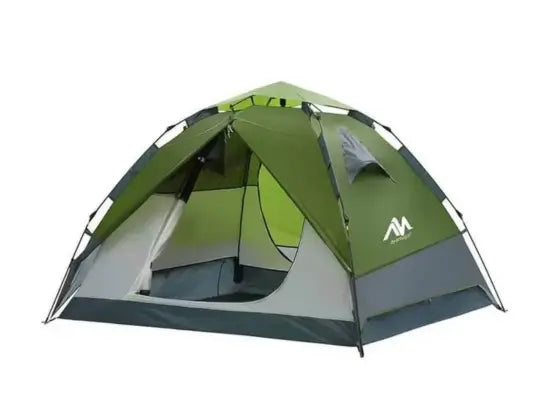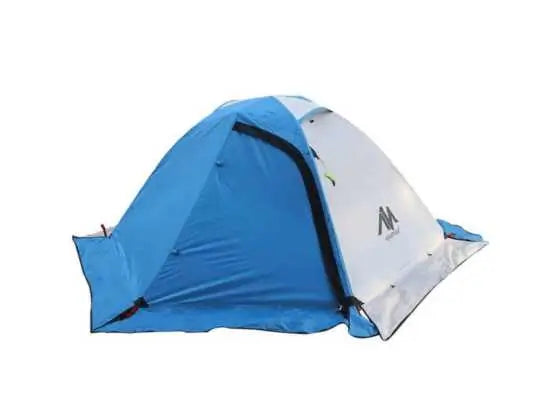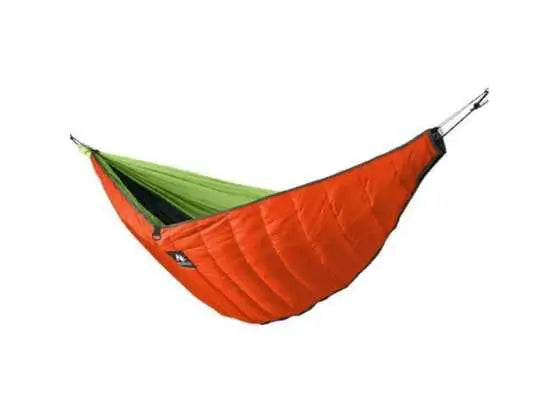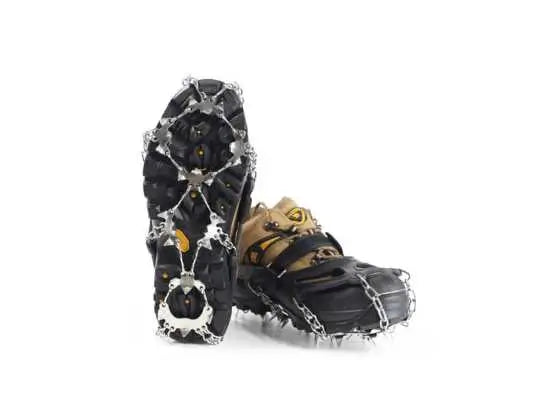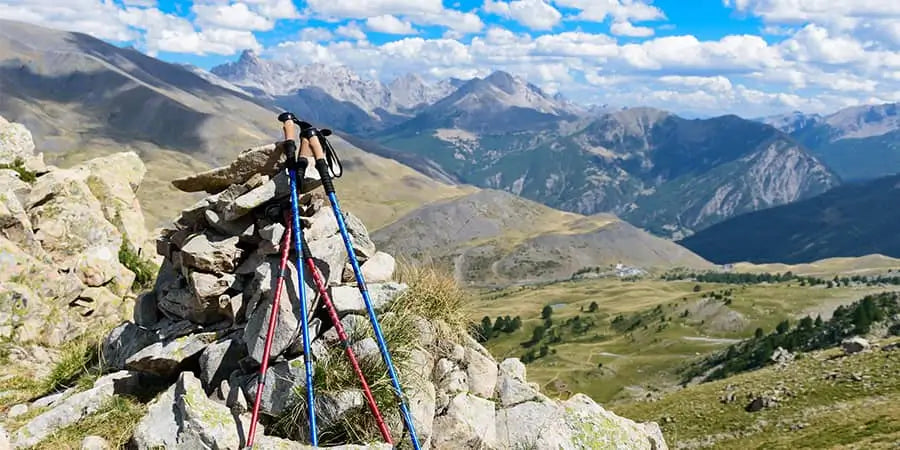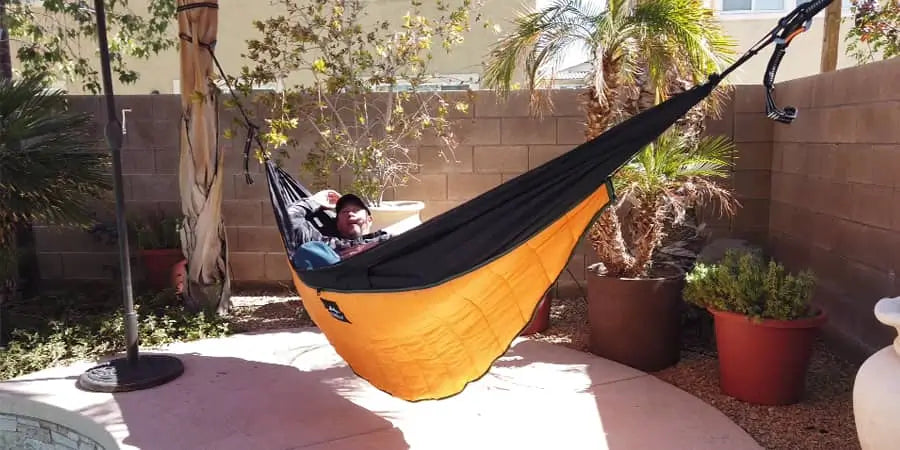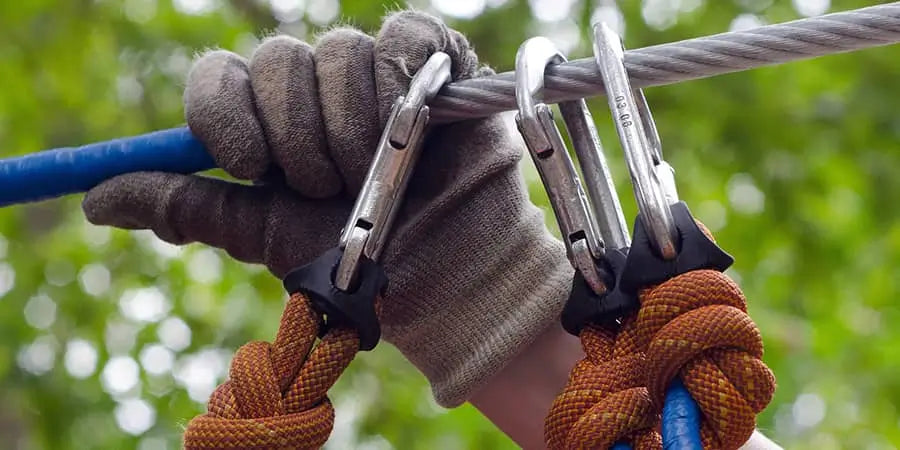What are the motives for backpacking? Many reasons make people go out hiking. They include exercise, freedom and escaping responsibilities. However, have you stopped to think about the trekking poles? Hiking makes your knees, toes and legs to be sour. In addition, the trekking poles make things better for you. Trekking poles offer us many benefits like bringing balance, comfort and creating confidence while you are out there in the woods.
Before embarking on the tips that will guide you to choose the best trekking poles, it is worth knowing the advantages of the tools. Let us look at it briefly.
Benefits of trekking poles
- Trekking poles increases stability when travelling with a heavy load on your back, enabling you to traverse the rugged terrain.
- It keeps you upright while hiking, hence reducing the stress that you might have otherwise exert on your back.
- The impact on the knees and joints will reduce when you have the trekking poles. It reduces the impact force by around 30%.
- Trekking poles will increase the speed at which you are walking because they propel you to move forward.
- You may use the trekking poles in some instances to pitch tents and tarp shelters. It may not be necessary to carry the tent poles.
Hikers understand why it is prudent to have trekking poles. You may not be using them in every trek, but some cases will arise that necessitate the use. You will be stashing the trekking poles on your bag when you are not using them. It should therefore be light to minimize the amount of weight t that you carry in your back.
Choosing the Right Trekking Poles
There are basic features that will define the type of trekking pole to select. You have to answer some questions before deciding to purchase one. The aim here is to get the best that will last and comes at a pocket-friendly price. You can get a trekking pole when you know the features to look for before purchasing a trekking pole.
Three questions to answer before purchasing a trekking pole
1. First, do you need one or two?
Some hikers will prefer two poles, while others will be okay with single people. Your prevalence will determine what you choose. It is advisable to carry one trekking pole when you are out for a short hike. Notably, a single pole can be beneficial even when not using it for support because you can screw it and make it a camera holder.
2. How do you like to clock up your adjustable poles?
The mode of locking is a vital factor when choosing the trekking poles. Some poles use flick designs, while others use twist designs. You will set up your desired lengths before locking it, but be sure to use the one with your preferable locking system. Flick locks are better than twist locks because they are easy to adjust and works at zero temperatures. The chances of the flick lock system failing during extreme colds are minimum. If you choose the twist-lock system, you should note that they are best for the summers alone. The advantage of the twist lock is that you can adjust it without any tool, unlike the flick locks that need a tool for adjustment.

3. Is your trekking pole shock absorbing or not?
Here is another question that you must answer before purchasing a trekking pole. We are not the same; some people experience achy joints and creaky knees after a long walk. If you are experiencing these cases, it implies that you need a trekking pole that is shock absorbing. The shortcoming of the shock-absorbing technology is the loss of power and decreased stability when descending. You may opt for higher-end trekking poles that have shock absorbers that you can turn on. The models will give you greater control because you will decide when to turn them on.
The pole construction
When you have defined your choice, you need to check the material that makes your pole. It is imperative to know the types of trekking poles available in the market, to understand the considerations in pole construction. The article shall discuss telescopic and folding poles.

Telescopic poles
Telescopic poles are the oldest types of poles with fantastic features. First, you will have convenience when you want to adjust them. This kind of pole allows the user to choose two sections or three, thanks to its flexibility. The two sections poles are the durable options that best suit the hard-core hikers. It is best for people who like snowshoeing, cross-country hiking and other heavy hiking practices. You should be ready to bear their heavyweight.
The three-section poles are famous, but not durable. Their weight is comparatively less, but tougher and more adjustable than the two-section poles. They are suitable for mountaineers, casual hikers and thru-hikers.
Folding poles
Folding poles have the same design as that tent poles. They possess a shock cord that links the lightweight shafts. The trekking poles are comparatively lighter than the telescopic poles and can fold up three times than the telescopic poles. Most folding poles have a fixed height, while some have a flick adjustment to allow you to adjust the length. The folding poles are favorite for thru-hikers, trail hikers and uphill skiers.
Material
The carbon and aluminum materials are best for making trekking poles. Aluminum poles are more acceptable than Carbon poles. Notably, carbon poles are lighter hence a favorite for hikers who cares about the load, but again, they are expensive and prone to break. You can rely on Aluminum trekking poles because they are less expensive and will not easily break. You should be ready to bear the burden because they are heavier than the carbon poles.
Grip
The grip is another factor that you should consider when choosing a trekking pole. Grips will accord you comfort while you are trekking. There are myriads of grip types, where each has a specific benefit. The commons ones are Foam, Rubber, cork and tips and baskets.

Foam
Foam grips are the best for people who are seeking maximum comfort while hiking. The foam grips will be best in dry places, but it gets challenging in wet climates. It absorbs water, making it uncomfortable. Water makes it weak and can easily break down.
Cork
Cork is the best type of grip that accords comfort due to its ability to conform to the hand. It is anti-microbial, hence not possible to develop an odor. The shortcoming may include being bulky, and expensive.
Rubber
Rubber grips are the options for people who often hikes in wet climates. Rubber is water-resistant hence best for winter activities, though they may not be comfortable like the rest.
Tips
You should check the tips of the trekking poles. A variety of trekking poles has carbide steel tips. The carbide tips are noisy and screechy. Trekking poles with rubber tips are preferable because they do not damage the trails. They are also less noisy and best on hard surfaces.
Baskets
Finally, you should seek the trekking poles that have a trekking basket. Most trekking poles in the market accords you with a choice to swap the trekking baskets of powder baskets, which are effective in snowy fields.
The tips on how to choose the best trekking poles are insightful. You should always be ahead in learning what you ought to know to get the best trekking poles. The aim here is to get something that is durable, cost-effective and adjustable. You will have plenty of options to choose from, and a decision for a beginner can be quite so daunting! Beginners must know the tips that will lead them to make better decisions.
Do not allow poor decisions to be a reason you are always on the lookout for the trekking pole. Get the facts, and choose the best that will stand the test of time.

